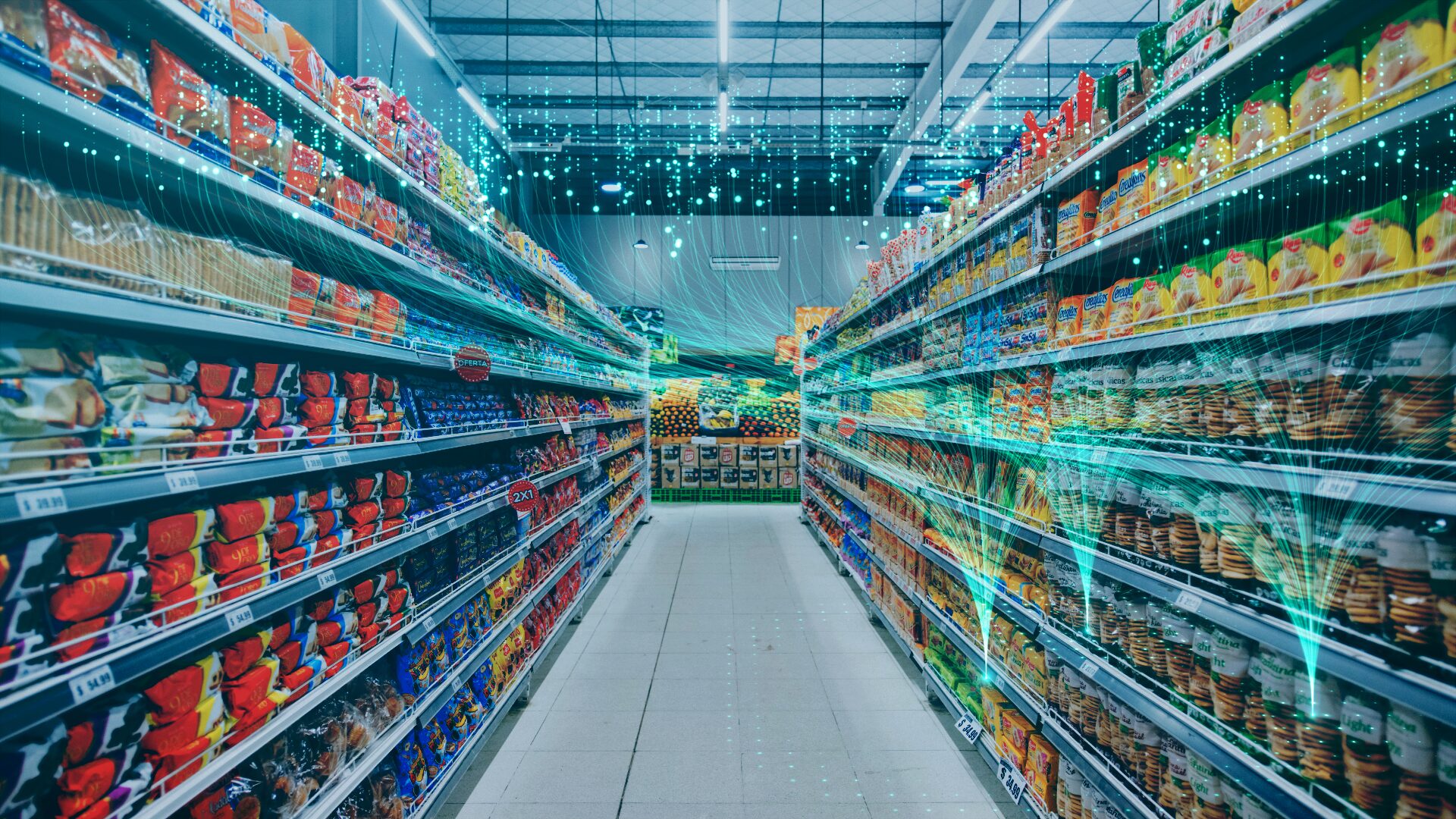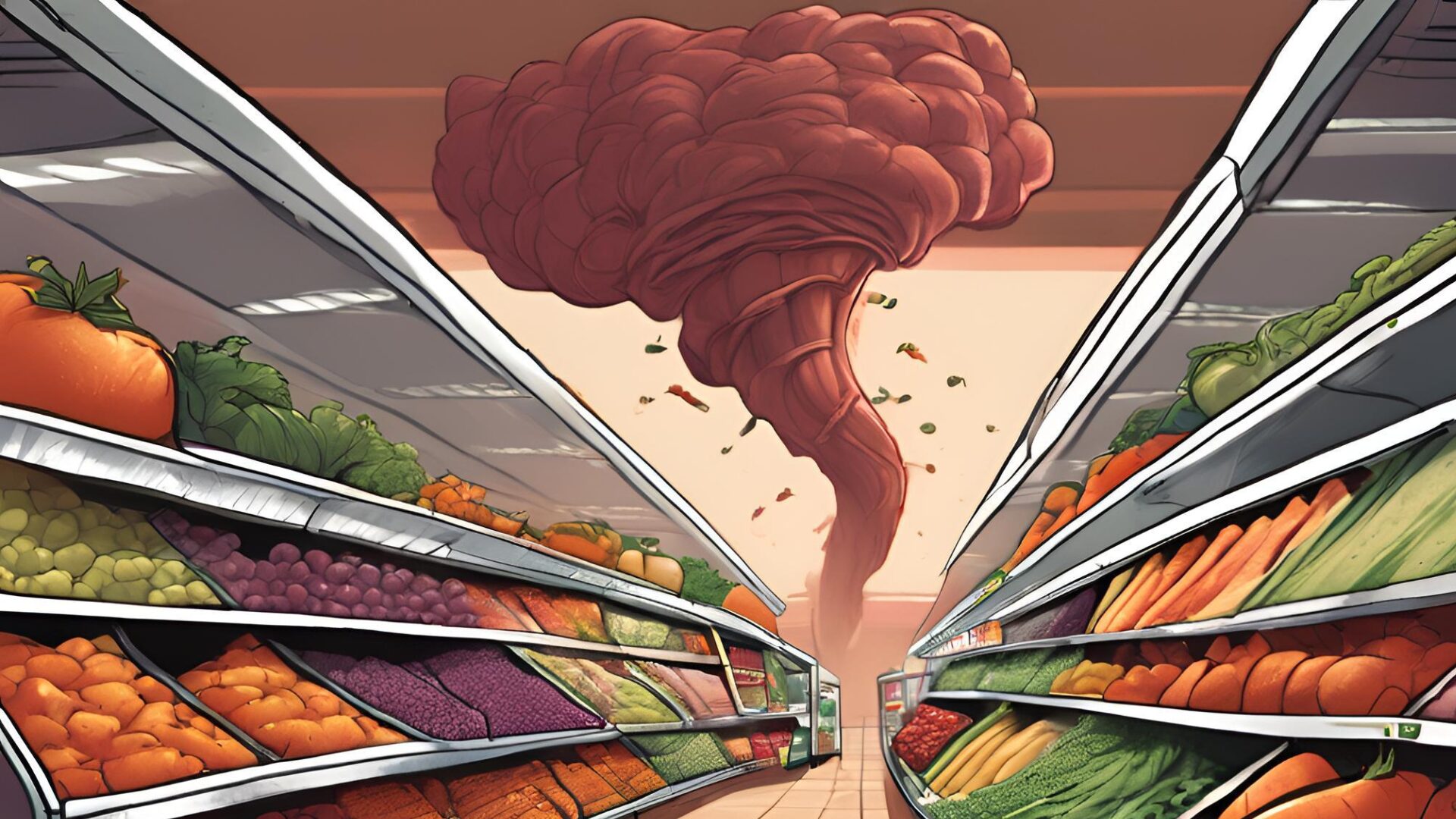Main Points:
- Total capacity of refrigerated warehouses worldwide was 719 million cubic meters in 2020, 16.7% higher than 2018.
- Among the factors driving growth are online grocery sales, subscription meal services, consumer preferences for fresh and perishable goods, and the rise of pharmaceutical products that require specialized storage.
- Growth is seen at a compound annual growth rate of 11.71% from 2019 to 2026.
The global cold storage industry has been strong for some time, fueled by the popularity of online grocery sales and subscription meal services, consumer preferences for fresh and perishable goods, and the growth of pharmaceutical products that require specialized storage.
The pandemic also added an additional layer of industry support, forcing producers to abandon just-in-time inventory models, make significant changes to processes, and incorporate cold storage into their operations.
In its 2020 Global Cold Storage Capacity Report, the Global Cold Chain Alliance detailed the expansive reach of cold chain suppliers and trends within the industry:
- The total capacity of refrigerated warehouses worldwide was 719 million cubic meters in 2020, 16.7% higher than 2018.
- North America and China accounted for most of the increase in reported capacity since 2018.
- The United States, at 156 million cubic meters, was the single largest country market, followed by India at 150 million cubic meters.
- Canada, the United States, Brazil and the Netherlands all had average warehouse size of more than 100,000 cubic meters.
- The top three global players are Lineage Logistics, Americold Logistics and United States Cold Storage.
- Mexico, Brazil and China have the largest unmet need for refrigerated warehouse space.
- Worldwide, the average 2020 cold storage capacity per urban resident was 0.15 cubic meters.
Against this backdrop, the cold storage market was valued at $89.32 billion in 2018 and is projected to reach $217.59 billion by 2026, growing at a compound annual growth rate of 11.71% from 2019 to 2026.
OBSTACLES AHEAD
One significant challenge for the industry is that demand for cold storage is outpacing supply. In the U.S., for example, the supply of cold storage facilities is outdated and construction of modern facilities lags demand, according to JLL Research. And more than 78% of cold storage buildings in the U.S. were built before 2000, indicating they often lack the resources of modern cold operations.
With that, businesses are faced with the challenge of securing cold storage for both the short and long term. In addition to new construction efforts, there has been considerable acquisition activity, retrofitting of older warehouses to accommodate demand, and the implementation of innovative strategies to expand, reduce waste and transport temperature-sensitive products.
Lineage Logistics, the world’s largest operator, added more than 70 locations spanning over 230 million cubic feet in six countries in 2020. And the company picked up right where it left off earlier this month.
The cold storage specialist acquired Cryo-Trans, an owner of refrigerated and insulated railcars, to capture an additional leg of the food and beverage supply chain. The transaction values Reisterstown, Maryland-based Cryo-Trans at more than $500 million.
“A move into rail is part of our effort to be a one-stop-shop for our customers and eliminate waste within the food supply chain,” Lineage CEO Greg Lehmkuhl said in an interview. By replacing some trucking capacity with rail, customers may reduce transport costs by 15% to 40%, depending on the shipment size and distance traveled, he estimated.
According to Bloomberg News, roughly 90% of Cryo-Trans customers are already part of Lineage’s network, and Lineage will seek to partner with its existing customers so that, for example, rail cars transporting French fries from the Pacific Northwest to Southeastern states are packed with poultry for the return trip.
Last month, Lineage’s top rival, Americold, closed its $1.74 billion purchase of Agro Merchants Group, the fourth largest temperature-controlled warehouse company. The deal expands Americold’s strategic footprint into Europe, with established access to the European food logistics network, and positions the company to more effectively serve multinational customers on a global scale.
INNOVATION PUSHING THE MARKET FORWARD
The pandemic also pushed operators to innovate and invest in new distribution strategies like increased automation, contactless technologies and blockchain solutions.
“By some estimates, we’re already seeing, or will see, accelerated adoption of some trends to take place in a mere 10 weeks when they could have otherwise taken 10 years,” a group of Cushman & Wakefield executives wrote in the company’s The Zone magazine.
As demand for cold storage increases and operators continue to innovate, the market is poised for growth for years to come.












